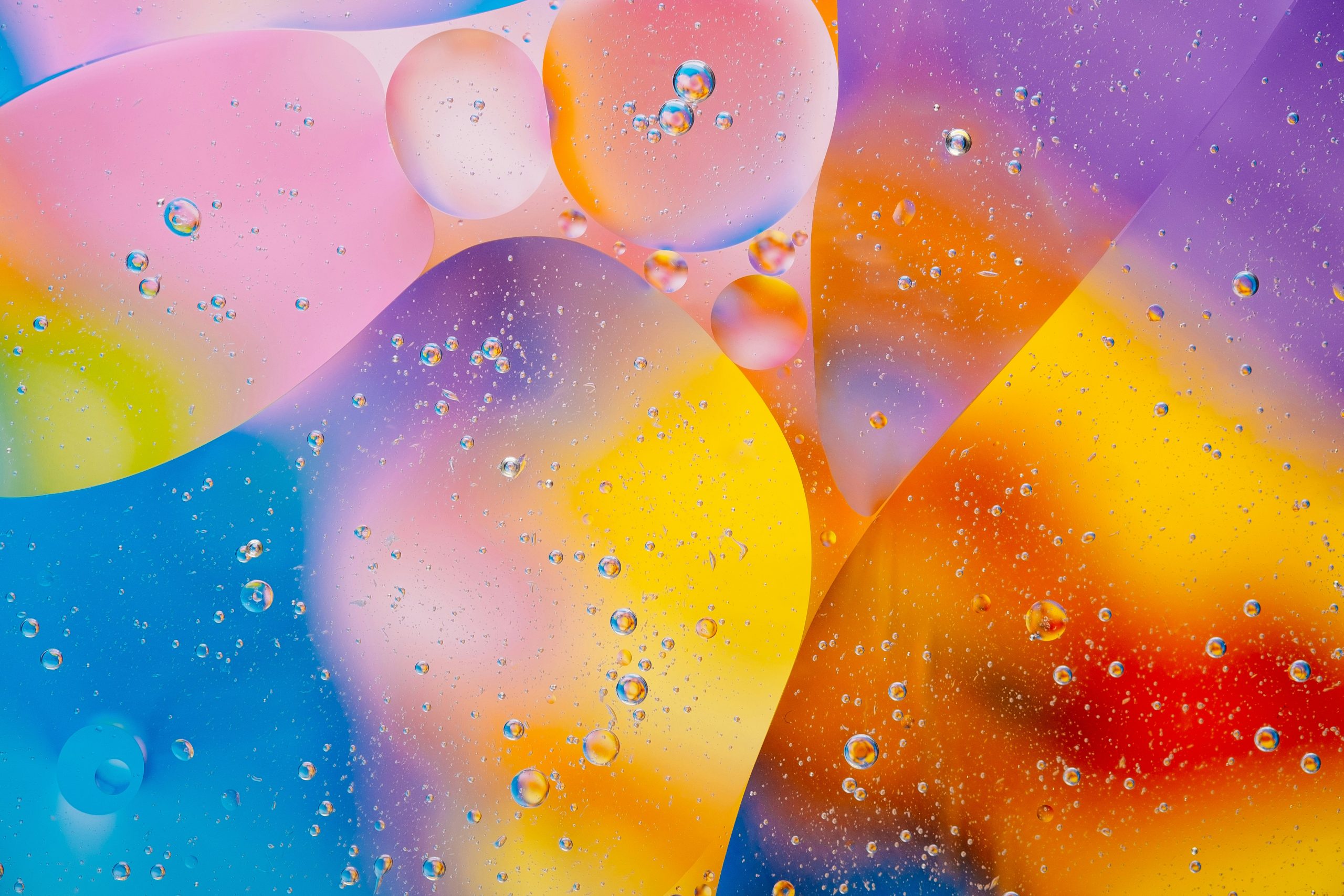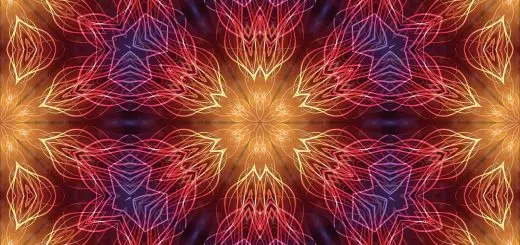Photography Composition Tips: Rules and Examples

Looking for more amazing products? Check out our online store and explore our collection here! Happy shopping!
Before diving in, please note: This post is for informational purposes only. If you’d like to know more about how we approach topics, feel free to check out our friendly Disclaimer Page.
Hey there, amazing readers! 
We’re committed to delivering quality posts, and your support (even just sticking around despite the ads) means everything to us. So, bear with us, and thanks for helping us keep the good vibes rolling. Now, on to the fun stuff!
TRANSLATE BUTTON AT THE END OF THE ARTICLE
Introduction to Photography Composition
Photography composition is the art of arranging elements within a frame to create visually appealing and impactful images.
It goes beyond just pointing and shooting; it involves carefully considering the placement of subjects, lines, shapes, colors, and lighting to convey a specific message or evoke certain emotions.
Composition is what transforms a simple snapshot into a work of art that grabs the viewer’s attention and leaves a lasting impression.
Understanding the fundamental principles of composition is essential for photographers looking to improve their skills and take their images to the next level.
By mastering these principles, photographers can create photos that are not only aesthetically pleasing but also tell a compelling story and evoke a strong emotional response in the viewer.
In this article, we will explore some essential photography composition tips, rules, and examples to help you enhance your photography skills and create stunning images.
Importance of Composition in Photography
Composition is the backbone of photography; it is what holds an image together and guides the viewer’s eye through the frame.
A well-composed photograph will draw the viewer in, lead them through the image, and leave a lasting impact.
Without proper composition, even the most technically perfect photograph can fall flat.
Good composition can make an ordinary subject extraordinary, while poor composition can make a beautiful subject appear dull and uninteresting.
It is the composition that determines the overall feel and mood of a photograph and helps convey the photographer’s intent to the viewer.
By mastering composition techniques, photographers can create images that are visually engaging, dynamic, and memorable.
Rule of Thirds in Photography Composition
One of the most well-known and widely used composition techniques in photography is the rule of thirds.
This rule divides the frame into a 3×3 grid, with two horizontal and two vertical lines intersecting at key points.
Placing the main elements of the photograph along these lines or at the points of intersection can create a more balanced and visually pleasing composition.
By adhering to the rule of thirds, photographers can avoid placing the subject directly in the center of the frame, which can lead to a static and uninteresting composition.
Instead, positioning the subject off-center can create a sense of movement and flow, drawing the viewer’s eye into the image and making it more engaging.
The rule of thirds is a simple yet effective way to improve the composition of your photographs and create more dynamic and visually appealing images.
Leading Lines and Framing Techniques
Leading lines are another powerful composition technique that can be used to guide the viewer’s eye through the image and create a sense of depth and movement.
These lines can be anything from roads and pathways to fences, buildings, or even natural elements like rivers or tree branches.
By using leading lines to direct the viewer’s gaze towards the main subject of the photograph, photographers can create a strong visual impact and make the image more compelling.
Framing is another effective technique that can help draw attention to the subject and create a sense of context within the image.
By using natural frames such as doorways, windows, or arches, photographers can add depth and dimension to their photos and create a more immersive viewing experience.
Framing the subject within these elements can also help create a sense of scale and proportion, making the photograph more visually interesting and dynamic.
Using Symmetry and Patterns in Composition
Symmetry and patterns can add a sense of harmony and balance to a photograph, making it visually appealing and aesthetically pleasing.
Symmetrical compositions involve mirroring elements on either side of the frame, creating a sense of equilibrium and order.
Patterns, on the other hand, are repetitions of shapes, colors, or textures that can create a sense of rhythm and movement within the image.
By incorporating symmetry and patterns into their compositions, photographers can create images that are visually striking and captivating.
These elements can help create a sense of order and organization within the frame, making the photograph more engaging and enjoyable to look at.
Whether capturing the symmetry of a building facade or the patterns of a natural landscape, photographers can use these techniques to create compelling and visually appealing images.
Balancing Elements in Photography
Balancing elements within a photograph is crucial for creating a harmonious and visually pleasing composition.
This involves arranging the various elements within the frame in such a way that they complement each other and create a sense of equilibrium.
Balancing elements can be achieved through the use of color, shape, size, texture, and position within the frame.
By balancing the different elements of a photograph, photographers can create images that are visually interesting and engaging.
This can involve placing a small subject against a larger background, using contrasting colors to create visual interest, or arranging elements in a way that creates a sense of movement or flow.
By carefully considering how each element interacts with the others, photographers can create compositions that are dynamic, balanced, and visually appealing.
Understanding Depth and Perspective
Creating a sense of depth and perspective in a photograph can add visual interest and dimension to the image, making it more engaging and immersive.
Depth can be achieved through the use of leading lines, foreground elements, and perspective to create a sense of distance and space within the frame.
By including elements in the foreground, middle ground, and background of the image, photographers can create a three-dimensional effect that draws the viewer into the scene.
Perspective can also play a crucial role in creating depth within a photograph.
By changing the angle or height from which the photograph is taken, photographers can alter the viewer’s perception of the scene and create a sense of scale and proportion.
Using techniques such as low-angle or high-angle shots can add drama and interest to the image, while shooting from a distance can create a sense of vastness and grandeur.
By understanding how to manipulate depth and perspective, photographers can create images that are visually compelling and engaging.
Negative Space and Minimalism in Composition
Negative space refers to the empty or unoccupied areas of a photograph that surround the main subject.
While it may seem counterintuitive, negative space plays a crucial role in composition by helping to draw attention to the subject and create a sense of balance and visual interest.
By incorporating negative space into their compositions, photographers can create images that are clean, uncluttered, and visually striking.
Minimalism is a style of photography that focuses on simplicity and minimalism in composition, often featuring clean lines, simple shapes, and a limited color palette.
By removing distractions and focusing on the essentials, minimalist photography can create images that are powerful and impactful.
Whether capturing a single subject against a blank background or using negative space to create a sense of isolation, minimalism can help create images that are both visually striking and emotionally evocative.
Framing and Cropping for Better Composition
Framing and cropping are essential tools for photographers looking to improve their composition and create more visually appealing images.
Framing involves using elements within the scene to frame the main subject, drawing the viewer’s eye towards the focal point and creating a sense of context within the image.
By framing the subject with elements such as trees, windows, or doorways, photographers can add depth and dimension to their photos and create a more immersive viewing experience.
Cropping, on the other hand, involves removing unnecessary elements from the frame to create a more focused and impactful composition.
By cropping out distractions and unwanted elements, photographers can draw attention to the main subject and create a stronger visual impact.
Cropping can also be used to change the aspect ratio of the image, create a sense of balance, or emphasize certain elements within the frame.
By mastering the art of framing and cropping, photographers can create images that are visually engaging and emotionally compelling.
Using Light and Shadows for Impact
Lighting plays a crucial role in photography composition, helping to set the mood, highlight the subject, and create a sense of depth and dimension within the image.
By understanding how to use light and shadows effectively, photographers can create images that are dynamic, dramatic, and visually striking.
Whether capturing the soft, diffused light of a sunrise or the harsh shadows of a midday sun, photographers can use light to create mood, atmosphere, and emotion within their images.
Shadows can also be used to add interest and depth to a photograph, creating patterns, textures, and contrast that can enhance the composition.
By incorporating shadows into their compositions, photographers can create images that are visually intriguing and captivating.
Whether using shadows to highlight shapes and forms or to create a sense of mystery and intrigue, photographers can use light and shadows to add impact and visual interest to their images.
Incorporating Colors in Composition
Colors play a significant role in photography composition, helping to set the mood, convey emotion, and create visual interest within the image.
By understanding how different colors interact with each other and how they can be used to create harmony or contrast within a photograph, photographers can create images that are visually appealing and emotionally evocative.
Whether capturing the vibrant hues of a sunset or the subtle tones of a monochromatic scene, photographers can use color to create images that are dynamic, engaging, and impactful.
Using a color wheel can help photographers understand how different colors work together and how they can be used to create harmonious or contrasting color schemes within a photograph.
Complementary colors, for example, are colors that are opposite each other on the color wheel and can create a strong visual impact when used together.
Analogous colors, on the other hand, are colors that are next to each other on the color wheel and can create a sense of harmony and unity within the image.
By understanding how to use color effectively, photographers can create images that are visually compelling and emotionally resonant.
Examples of Composition Techniques in Photography
To better understand how composition techniques can be applied in photography, let’s look at some examples of these techniques in action:
Rule of Thirds: Placing the horizon line on the lower third of the frame to emphasize the sky or positioning the main subject at one of the intersection points to create a more visually appealing composition.
Leading Lines: Using a winding road or a row of trees to lead the viewer’s eye towards the main subject, creating a sense of depth and movement within the image.
Symmetry and Patterns: Capturing the reflection of a building in a still pond or photographing a series of identical objects arranged in a pattern to create a sense of harmony and balance.
Balancing Elements: Placing a small subject against a larger background or using contrasting colors to create a sense of balance and visual interest within the frame.
Depth and Perspective: Including elements in the foreground, middle ground, and background of the image to create a sense of depth and three-dimensionality within the scene.
Negative Space and Minimalism: Using negative space to draw attention to the main subject or employing a minimalist approach to create images that are simple, clean, and visually impactful.
Framing and Cropping: Framing the subject with natural elements or cropping out distractions to create a more focused and impactful composition.
Light and Shadows: Using light to highlight the subject and create mood or incorporating shadows to add interest and depth to the image.
Incorporating Colors: Using complementary or analogous colors to create harmony or contrast within the image and evoke certain emotions or moods.
Experimenting with different composition techniques and finding ways to incorporate them into your photography can help you create images that are visually engaging, emotionally resonant, and memorable.
Conclusion
In conclusion, photography composition is a vital aspect of creating compelling and visually striking images.
By understanding and implementing composition techniques such as the rule of thirds, leading lines, symmetry, and patterns, photographers can enhance their images and create photographs that are not only aesthetically pleasing but also emotionally evocative.
Balancing elements, understanding depth and perspective, and using light and shadows effectively can add depth and dimension to a photograph, making it more engaging and immersive.
By incorporating colors, negative space, and minimalism into their compositions, photographers can create images that are clean, impactful, and visually appealing.
By mastering these composition techniques and experimenting with different approaches, photographers can take their photography to the next level and create images that leave a lasting impression on the viewer.

The Enlightenment Journey is a remarkable collection of writings authored by a distinguished group of experts in the fields of spirituality, new age, and esoteric knowledge.
This anthology features a diverse assembly of well-experienced authors who bring their profound insights and credible perspectives to the forefront.
Each contributor possesses a wealth of knowledge and wisdom, making them authorities in their respective domains.
Together, they offer readers a transformative journey into the realms of spiritual growth, self-discovery, and esoteric enlightenment.
The Enlightenment Journey is a testament to the collective expertise of these luminaries, providing readers with a rich tapestry of ideas and information to illuminate their spiritual path.
Our Diverse Expertise
While our primary focus is on spirituality and esotericism, we are equally passionate about exploring a wide range of other topics and niches 

To ensure we provide the most accurate and valuable insights, we collaborate with trusted experts in their respective domains 
Our blog originally focused on spirituality and metaphysics, but we’ve since expanded to cover a wide range of niches. Don’t worry—we continue to publish a lot of articles on spirituality! Frequently visit our blog to explore our diverse content and stay tuned for more insightful reads.
Hey there, amazing reader! 
Check out our store here and take a peek at some of our featured products below! Thanks for being awesome!











